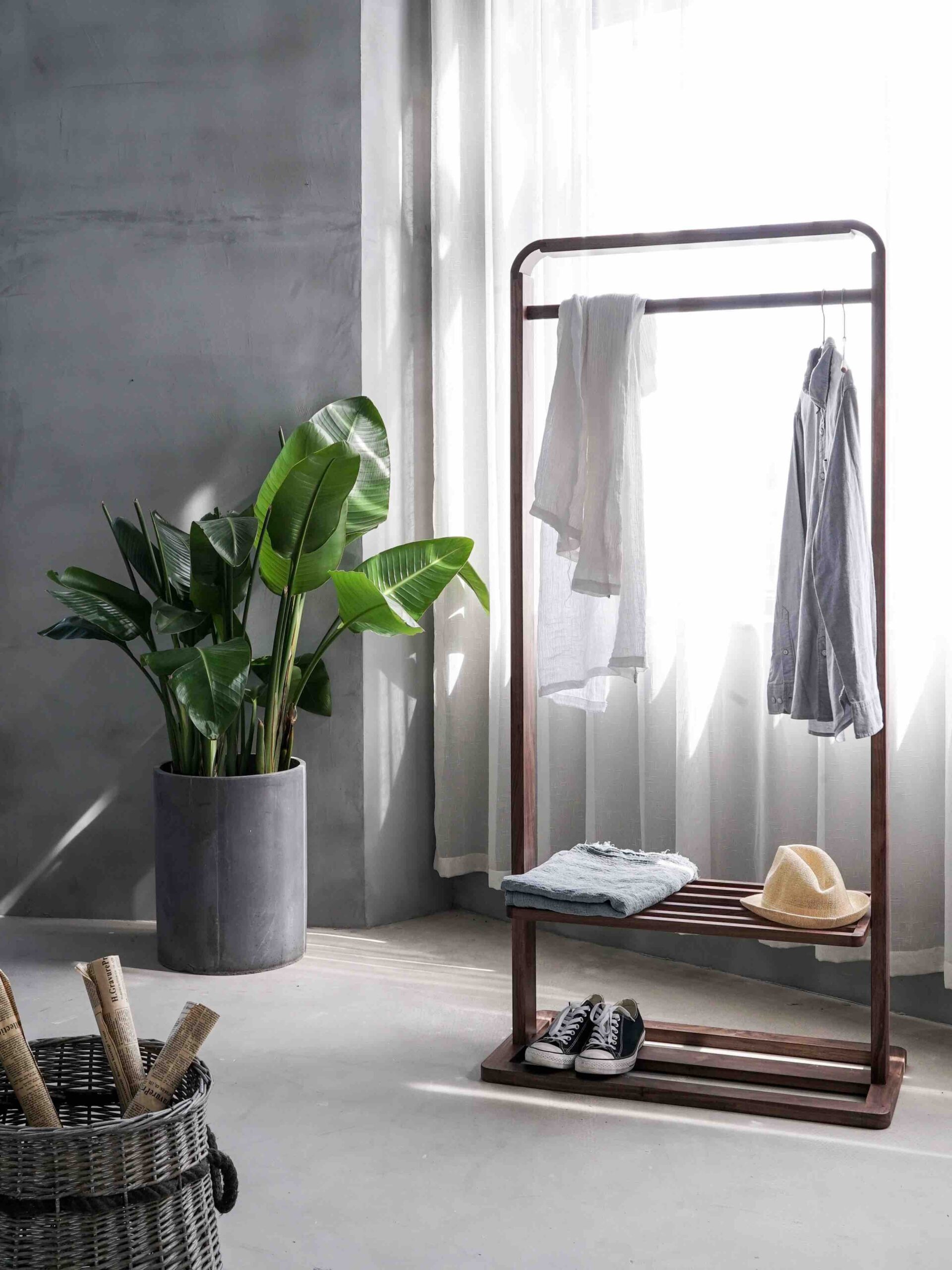Designing your own house can be an exciting and rewarding experience. It allows you to create a space that perfectly suits your needs and reflects your personal style. While designing a house may seem like a daunting task, with careful planning and research, it is definitely possible to take on the challenge.
1. Define Your Vision
The first step in designing your own house is to define your vision. Think about the type of house you want, the number of rooms, the layout, and any specific features or design elements you would like to include. Consider your lifestyle, future needs, and budget when brainstorming your ideas.
2. Research and Gather Inspiration
Before diving into the design process, it’s important to gather inspiration and do some research. Look for architectural styles, interior design ideas, and home plans that align with your vision. Explore different sources such as magazines, websites, and social media platforms to find inspiration and ideas that resonate with you.
3. Understand Building Codes and Regulations
When designing your own house, it’s crucial to have a good understanding of building codes and regulations in your area. These codes dictate the minimum requirements for safety, health, and structural integrity. Familiarize yourself with these regulations to ensure that your design complies with all necessary standards.
4. Create a Floor Plan
A floor plan is a visual representation of your house’s layout. It shows the arrangement of rooms, walls, doors, and windows. Creating a floor plan is an essential step in the design process as it helps you visualize the flow and functionality of your space. There are various software programs and online tools available that can assist you in creating a professional-looking floor plan.
5. Consider Structural and Engineering Aspects
While designing your own house, it’s important to consider the structural and engineering aspects of the building. This includes factors such as load-bearing walls, foundation type, roof design, and electrical and plumbing systems. Unless you have expertise in these areas, it’s advisable to consult with professionals such as architects and engineers to ensure that your design is structurally sound.
6. Pay Attention to Detail
When designing your own house, it’s the little details that can make a big difference. Consider elements such as lighting, storage, materials, finishes, and color schemes. Paying attention to these details will help create a cohesive and well-designed space that reflects your personal style.
7. Seek Professional Guidance
Designing a house is a complex task that requires knowledge and expertise in various areas. While it’s possible to design your own house, seeking professional guidance can greatly enhance the process. Architects, interior designers, and contractors can provide valuable insights, suggest innovative ideas, and ensure that your design is practical and achievable.
8. Budget and Timeline
Designing your own house involves financial considerations. Before embarking on the design process, establish a realistic budget and timeline. This will help you make informed decisions and prioritize your design choices. Be prepared for unexpected expenses and delays, and always have a contingency plan in place.
9. Review and Refine
Once you have created your initial design, take the time to review and refine it. Consider factors such as functionality, aesthetics, and practicality. Seek feedback from trusted individuals who can provide constructive criticism and suggestions for improvement. Refining your design will ensure that it meets your needs and expectations.
10. Building Permits and Construction
Before starting the construction process, you will need to obtain the necessary building permits and approvals from local authorities. These permits ensure that your design complies with all building codes and regulations. Once you have the necessary permits in place, you can proceed with the construction phase of your project.
Designing your own house is a challenging yet rewarding endeavor. It allows you to create a space that is uniquely yours. By following these steps and seeking professional guidance when needed, you can turn your vision into a reality and design a house that you’ll be proud to call home.




